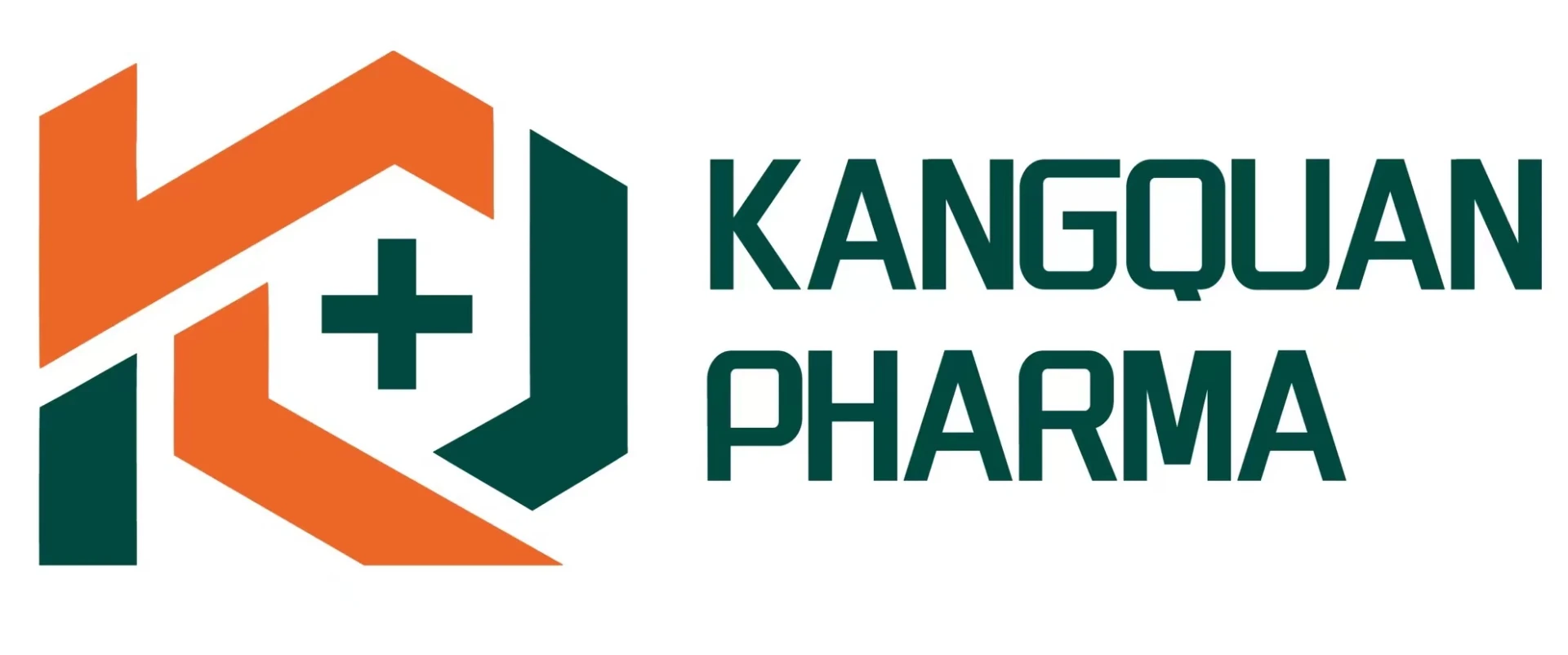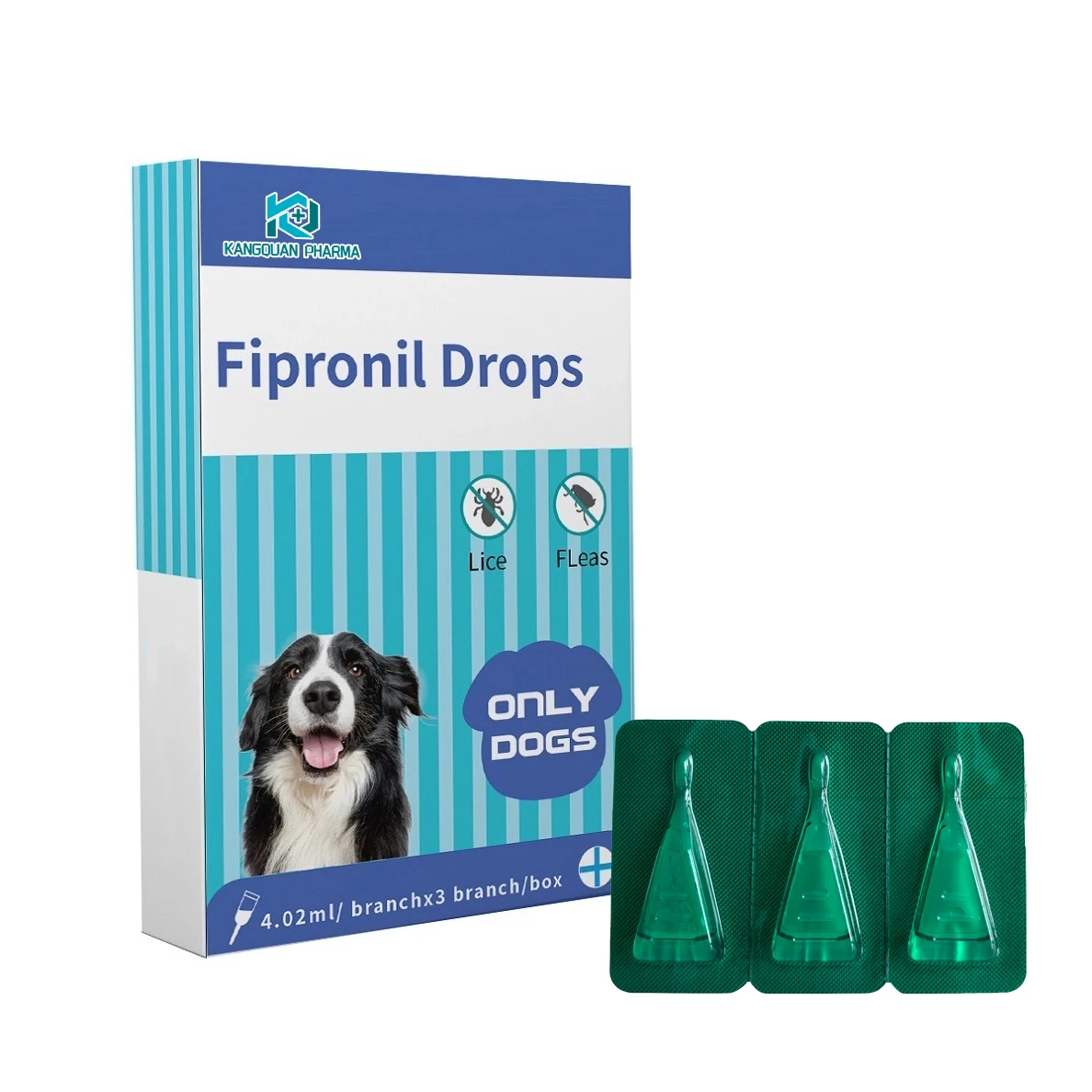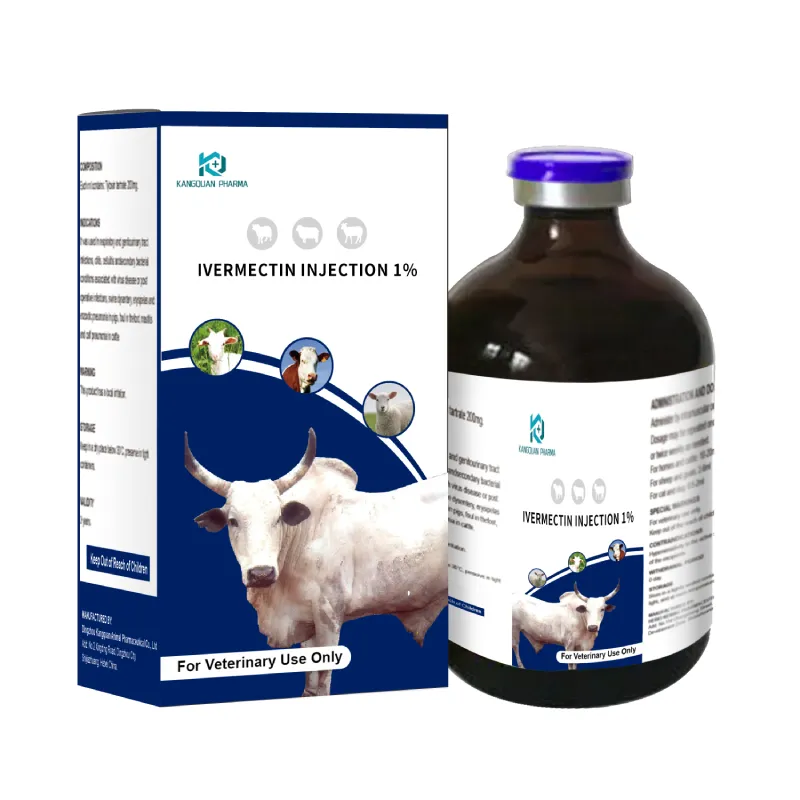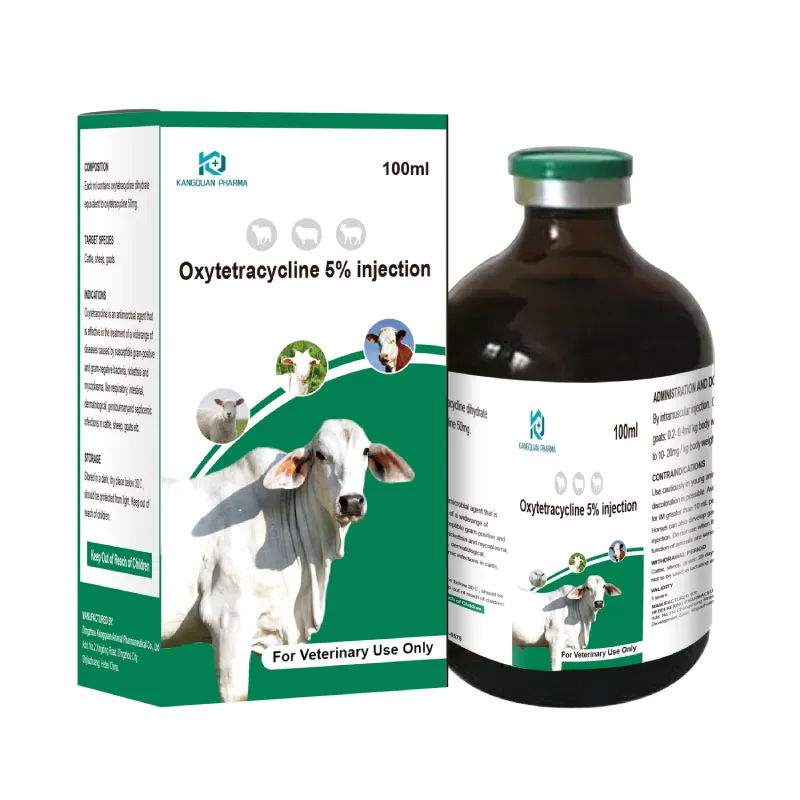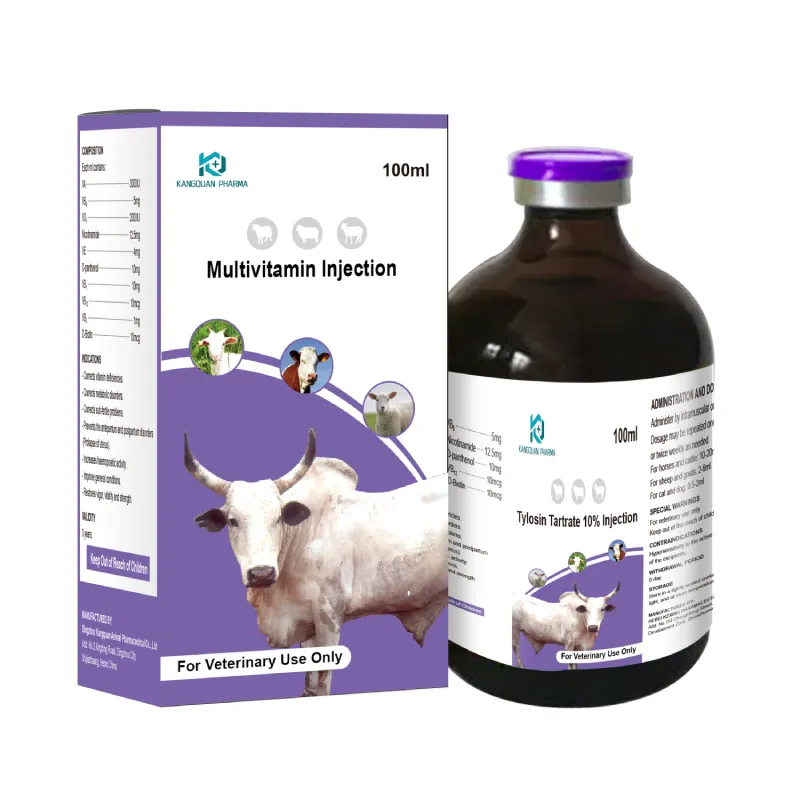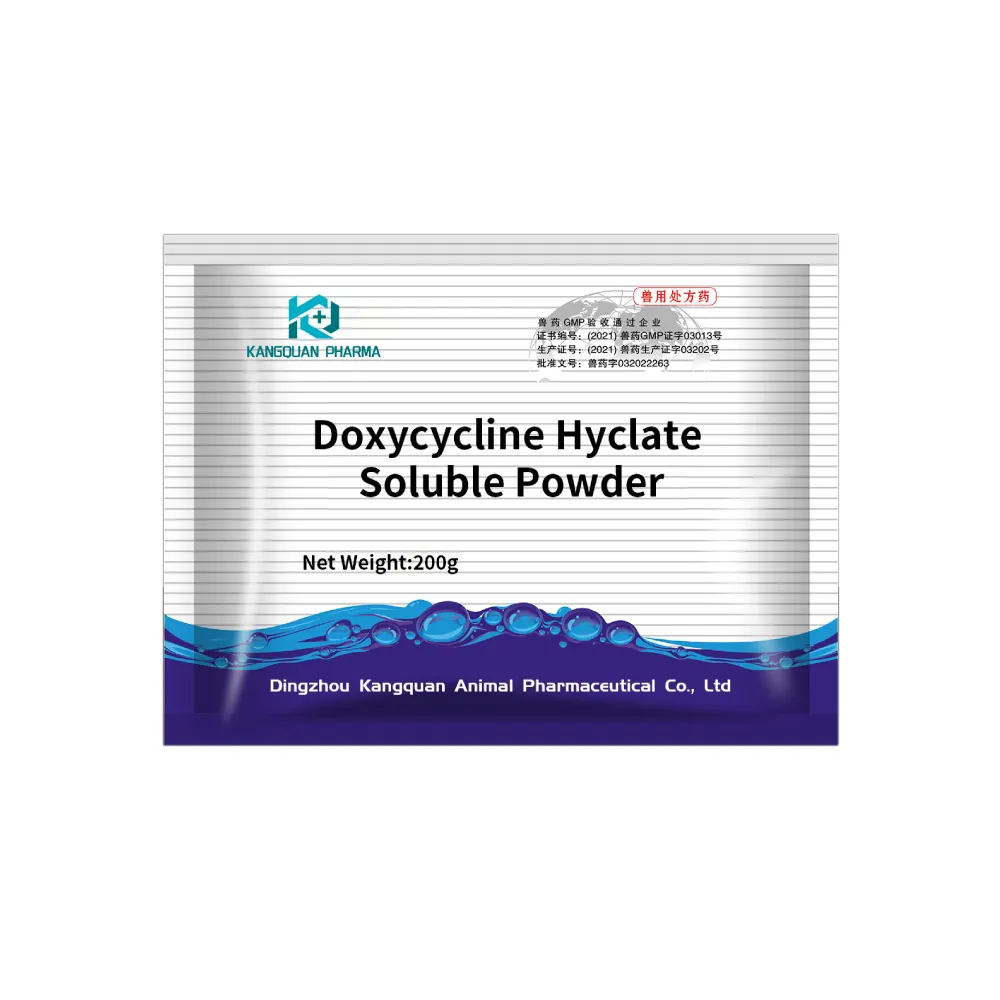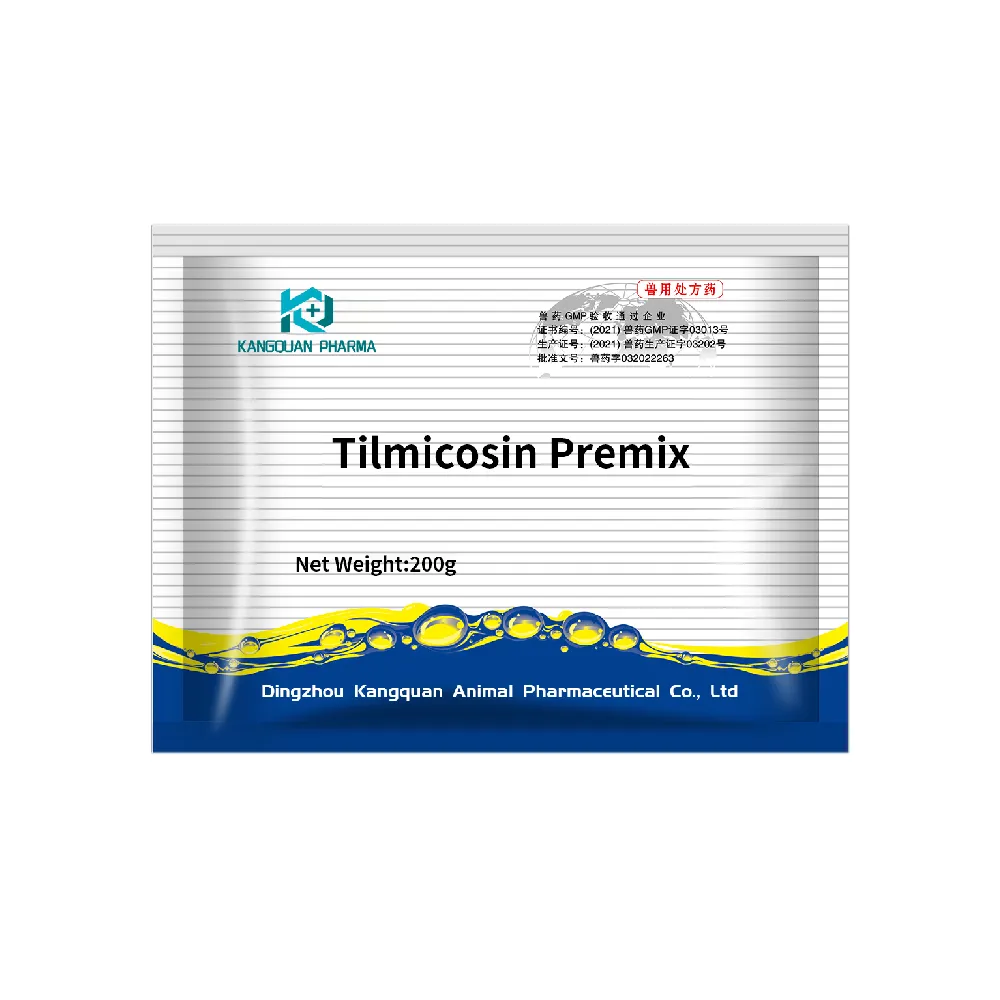- Afrikaans
- Albanian
- Amharic
- Arabic
- Armenian
- Azerbaijani
- Basque
- Belarusian
- Bengali
- Bosnian
- Bulgarian
- Catalan
- Cebuano
- Corsican
- Croatian
- Czech
- Danish
- Dutch
- English
- Esperanto
- Estonian
- Finnish
- French
- Frisian
- Galician
- Georgian
- German
- Greek
- Gujarati
- Haitian Creole
- hausa
- hawaiian
- Hebrew
- Hindi
- Miao
- Hungarian
- Icelandic
- igbo
- Indonesian
- irish
- Italian
- Japanese
- Javanese
- Kannada
- kazakh
- Khmer
- Rwandese
- Korean
- Kurdish
- Kyrgyz
- Lao
- Latin
- Latvian
- Lithuanian
- Luxembourgish
- Macedonian
- Malgashi
- Malay
- Malayalam
- Maltese
- Maori
- Marathi
- Mongolian
- Myanmar
- Nepali
- Norwegian
- Norwegian
- Occitan
- Pashto
- Persian
- Polish
- Portuguese
- Punjabi
- Romanian
- Russian
- Samoan
- Scottish Gaelic
- Serbian
- Sesotho
- Shona
- Sindhi
- Sinhala
- Slovak
- Slovenian
- Somali
- Spanish
- Sundanese
- Swahili
- Swedish
- Tagalog
- Tajik
- Tamil
- Tatar
- Telugu
- Thai
- Turkish
- Turkmen
- Ukrainian
- Urdu
- Uighur
- Uzbek
- Vietnamese
- Welsh
- Bantu
- Yiddish
- Yoruba
- Zulu
Nov . 28, 2024 03:42 Back to list
List of Antibiotics Used in Poultry Medicine and Their Applications
The Role of Antibiotics in Poultry Medicine A Comprehensive Overview
Antibiotics have played a pivotal role in the evolution of poultry medicine over the last several decades, offering solutions to common bacterial infections and improving overall flock health. Their use, however, is a topic of significant debate within the veterinary and agricultural communities, largely due to concerns about antibiotic resistance and food safety. This article will examine the critical aspects of antibiotics in poultry medicine, their benefits, risks, and best practices for their use.
The Importance of Antibiotics in Poultry Medicine
Poultry farming is a major agricultural sector worldwide, providing a critical source of protein for millions. Healthy birds are essential for productive farming, and antibiotics have historically been used to treat infections, prevent disease, and promote growth. Common bacterial infections in poultry include Salmonella, Escherichia coli, and Mycoplasma, which can cause significant losses if not managed appropriately.
In addition to therapeutic uses, antibiotics are often administered in subtherapeutic doses to promote growth and feed efficiency. This practice, while controversial, has been effective in improving overall productivity in poultry operations. According to various studies, the use of antibiotics can lead to a 3-5% increase in feed conversion rates, making them a valuable tool for farmers striving for profitability.
Risks and Concerns
Despite their benefits, the use of antibiotics in poultry has raised serious concerns, particularly regarding the potential development of antibiotic-resistant bacteria. The overuse or improper use of antibiotics can lead to the emergence of resistant strains, which pose a threat not only to animal health but also to human health through the food chain.
Another significant concern is food safety. Residues of antibiotics can remain in meat and eggs, raising fears among consumers about the potential impacts of these substances on human health. Regulatory bodies in many countries monitor antibiotic usage and residues in poultry products to safeguard public health. For instance, the European Union has implemented strict regulations regarding the use of certain antibiotics in livestock.
Best Practices for Antibiotic Use
antibiotics poultry medicine list

Given the complexities surrounding antibiotics in poultry medicine, it is crucial for farmers and veterinarians to adopt best practices to mitigate risks
. Here are several recommendations1. Monitoring and Diagnosis Regular health monitoring and accurate diagnosis are essential before administering any antibiotic. Implementing veterinary diagnostic protocols can ensure that antibiotics are only used when necessary, reducing the likelihood of resistance.
2. Preventative Measures Maintaining excellent biosecurity practices can reduce the need for antibiotics. Vaccination, proper nutrition, and optimal living conditions for poultry can help prevent diseases and minimize the risk of infections.
3. Integrating Alternatives The poultry industry is actively exploring alternatives to antibiotics, such as probiotics, prebiotics, and organic acids. These natural additives can enhance gut health and improve resistance to infections, reducing reliance on antibiotics.
4. Education and Training Ongoing education for poultry farmers regarding the responsible use of antibiotics is vital. This can include workshops, seminars, and extension services that provide current information on best practices and regulations.
5. Adhering to Regulations Farmers should stay informed about local and international regulations surrounding antibiotic use and comply with guidelines set forth by health authorities. This not only protects public health but also enhances the marketability of poultry products.
Conclusion
Antibiotics remain a crucial aspect of poultry medicine, contributing to the health of birds and the efficiency of poultry production. However, the challenges associated with their use cannot be ignored. By adopting responsible practices, monitoring antibiotic use, and exploring alternatives, the poultry industry can continue to provide safe and healthy products while safeguarding public health. The balance between effective disease management and the efforts to combat antibiotic resistance will define the future of poultry medicine and its sustainability in meeting global food demands.
-
Guide to Oxytetracycline Injection
NewsMar.27,2025
-
Guide to Colistin Sulphate
NewsMar.27,2025
-
Gentamicin Sulfate: Uses, Price, And Key Information
NewsMar.27,2025
-
Enrofloxacin Injection: Uses, Price, And Supplier Information
NewsMar.27,2025
-
Dexamethasone Sodium Phosphate Injection: Uses, Price, And Key Information
NewsMar.27,2025
-
Albendazole Tablet: Uses, Dosage, Cost, And Key Information
NewsMar.27,2025
